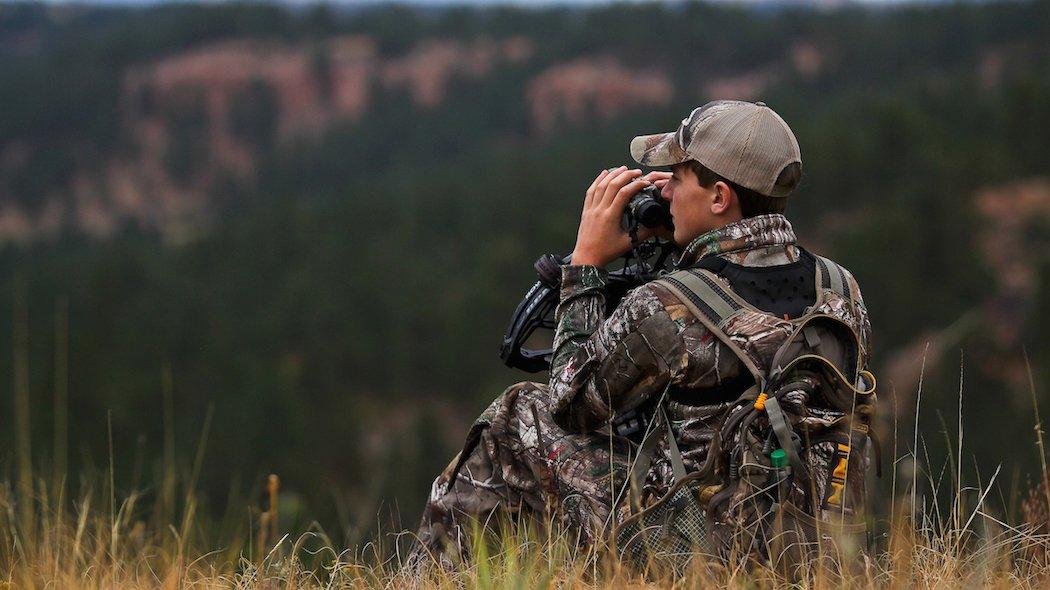This low-light trick can help you distinguish between a buck and a stump
What we do between now and opening day of archery season has a major impact on our chances for success. And when it comes to scouting, figuring out how deer maneuver through your hunting area is priority No. 1. Trail cameras are certainly effective for this, but nothing works better than old-fashioned glassing of open feeding areas.
Rather than looking directly at the object, look off to the side while keeping the object in your immediate peripheral vision for a few seconds.
Deer movement at this time of year peaks in late afternoon. Getting hidden and watching fields from a distance reveals the trails deer prefer to use when entering and exiting fields, and it also allows you to look at and plan the best stand locations and entry / exit routes.
Effective glassing is an art. Have you ever tried to differentiate between a deer and a stump during those last few minutes of light, just before darkness sets in? Barring the use of special night-vision optics, it's difficult for the human eye to see detail under those conditions. But try this. Rather than looking directly at the object, look off to the side while keeping the object in your immediate peripheral vision for a few seconds. Then look away before repeating the maneuver a few seconds later. This allows your eyes to adjust for a better look. You still may not be enough to count antler points, but you can probably ballpark a buck's size.
Don't Miss: How to Get in a Buck's Way
Check out more stories, videos and educational how-to's on deer hunting.








